Introduction:
Ovens serve as essential kitchen appliances, providing a means to cook and bake a wide variety of foods. Understanding how an oven works and how it heats food can help individuals achieve optimal cooking results. In this article, we will explore the heating mechanisms and components of ovens, discussing the role of heating elements, convection, radiation, and insulation. By delving into the science and design behind oven heating, we can gain a deeper appreciation for this fundamental cooking appliance.
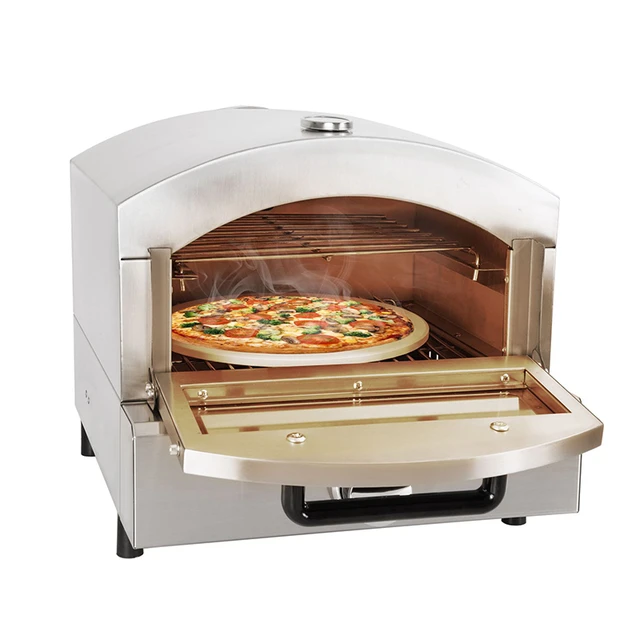
How does an oven heat your food?
Heating Elements: The Core Heat Source
a. Electric Ovens: Electric ovens utilize heating elements, typically made of metal alloys such as nichrome, to generate heat. These elements are placed at the top and bottom of the oven cavity and are responsible for heating the air within.
b. Gas Ovens: Gas ovens, on the other hand, use a gas burner located at the bottom of the oven to generate heat. The burner ignites the gas, producing an open flame that heats the air inside the oven.
Convection Heating: Even and Efficient Heat Distribution
a. Convection Ovens: Many modern ovens, both electric and gas, incorporate convection heating. Convection ovens feature a fan and exhaust system that circulate hot air throughout the oven cavity. The fan ensures even heat distribution, reducing cooking times and improving cooking accuracy.
b. How Convection Works: As the fan circulates the heated air, it creates a continuous flow that envelops the food, resulting in faster and more uniform cooking. This circulation prevents hot or cold spots within the oven, ensuring consistent results across different food items and cooking levels.
Radiation: Direct Heat Transfer
a. Radiant Heat: Ovens also employ radiation as a heating mechanism. This involves the transfer of heat energy through direct radiation from the heating elements or flame to the food.
b. Infrared Radiation: Heating elements in electric ovens emit infrared radiation. This radiant heat penetrates the food, transferring energy and causing the food’s molecules to vibrate, thereby generating heat and cooking the food.
c. Open Flames: Gas ovens rely on open flames for radiant heat. The flames directly heat the food and the surrounding air, resulting in similar cooking effects as infrared radiation in electric ovens.
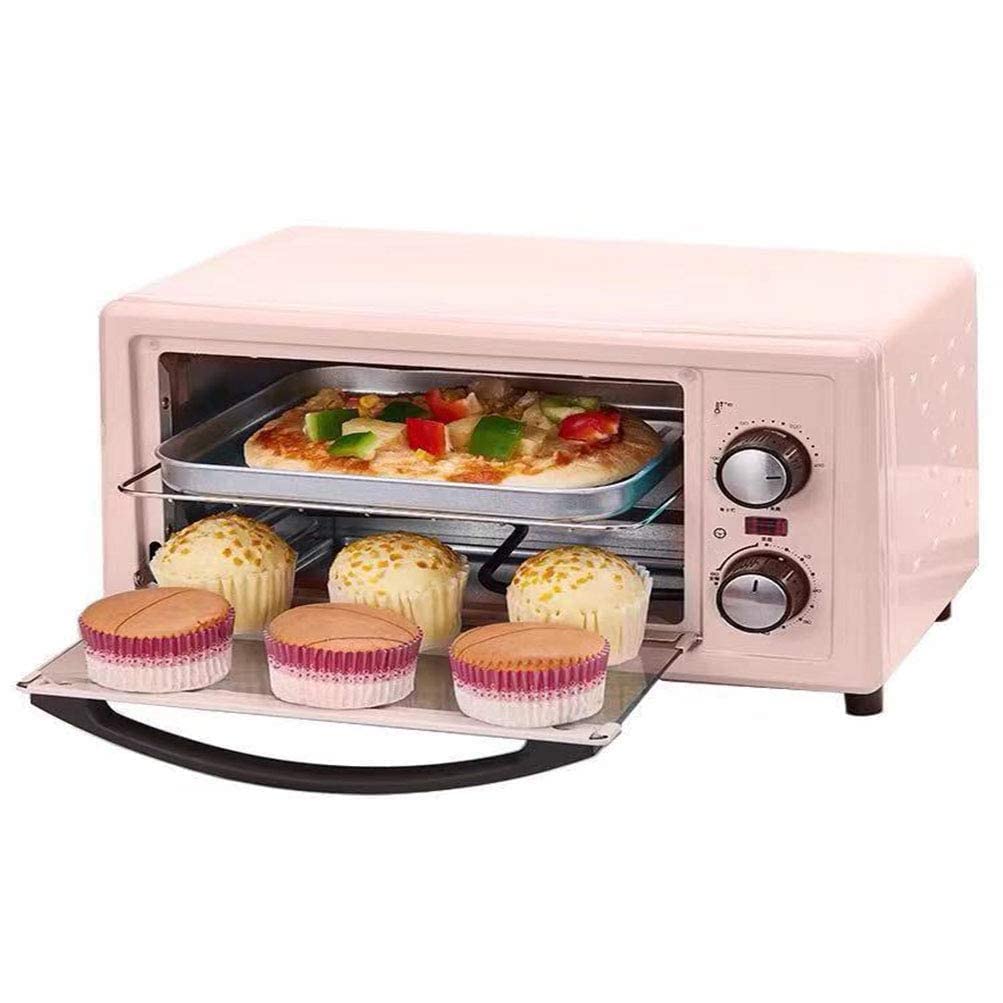
Insulation: Heat Retention and Efficiency
a. Insulation Materials: Ovens are equipped with insulation materials to prevent heat loss and improve energy efficiency. These materials, such as fiberglass or other insulating fibers, are typically placed between the oven cavity and the external walls.
b. Heat Retention: Insulation helps trap heat inside the oven, preventing it from escaping into the surrounding environment. This ensures that the oven maintains a consistent temperature, allowing for efficient and effective cooking.
c. Safety and Efficiency: The insulation also contributes to the external surfaces of the oven remaining cool to the touch, reducing the risk of burns and improving overall safety during operation.
Oven Modes and Control:
a. Bake Mode: In the “bake” mode, both top and bottom heating elements (or the gas burner) are activated, providing radiant heat from above and below. This mode is suitable for most baking and roasting tasks.
b. Broil Mode: The “broil” mode activates only the top heating element or a dedicated broiler element. This mode provides intense radiant heat from above, ideal for browning or crisping the top of dishes.
c. Convection Mode: In convection ovens, the fan and exhaust system are activated alongside the heating elements. This mode circulates hot air evenly, providing convection heat for faster and more precise cooking.
d. Temperature Control: Ovens are equipped with thermostats that monitor and regulate the oven’s temperature. The thermostat detects the oven’s internal temperature and signals the heating elements or gas burner to turn on or off as needed, maintaining the desired temperature.
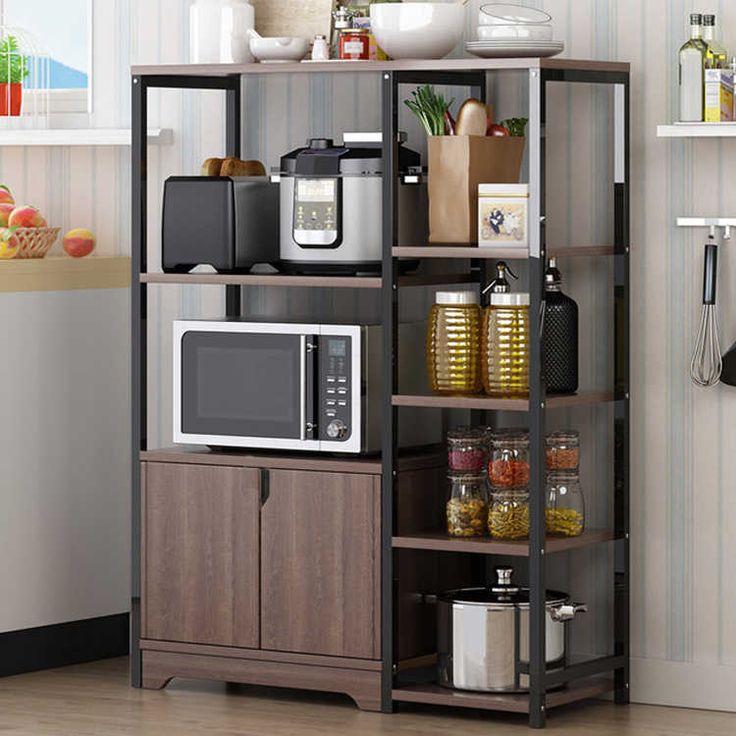
Oven Preheating:
a. Preheating Purpose: Preheating refers to the process of heating the oven to the desired temperature before placing the food inside. This is necessary to ensure that the oven cavity reaches the desired temperature for accurate and consistent cooking.
b. Preheating Time: The time required for preheating varies based on the oven type, size, and desired temperature. Electric ovens generally heat up faster than gas ovens due to the direct heating provided by the elements.
c. Importance of Preheating: Preheating is essential for achieving optimal cooking results, especially when baking or roasting. It allows the oven and cooking environment to stabilize, ensuring that the food is exposed to consistent and uniform heat from the start.
Oven Heat Transfer: Food and Air Interaction
a. Conduction: Heat transfer occurs through conduction when the hot air in the oven comes into direct contact with the surface of the food. This process causes the food to absorb heat and cook from the outside in.
b. Convection: In convection ovens, the circulating hot air facilitates convection heat transfer. As the hot air moves across the food’s surface, it carries away moisture and transfers heat, resulting in faster and more even cooking.
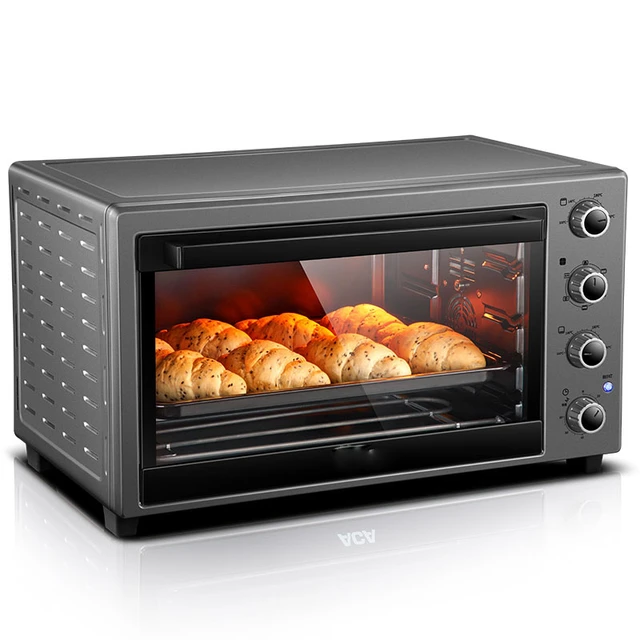
Oven Cooking Tips:
a. Rack Placement: Proper rack placement is crucial for optimal cooking results. Different positions within the oven can provide varying levels of heat intensity. Adjusting the rack position can help control browning, prevent excessive browning or burning, and ensure even cooking.
b. Use of Oven Thermometers: Oven thermometers provide an accurate reading of the internal oven temperature. They can be used to verify the accuracy of the oven’s built-in thermostat and ensure precise temperature control.
c. Preheating and Cooking Time Adjustments: Adjusting the cooking time or temperature may be necessary based on individual recipes or specific oven performance. Factors such as oven calibration, food thickness, and personal preferences may require slight modifications to achieve desired results.
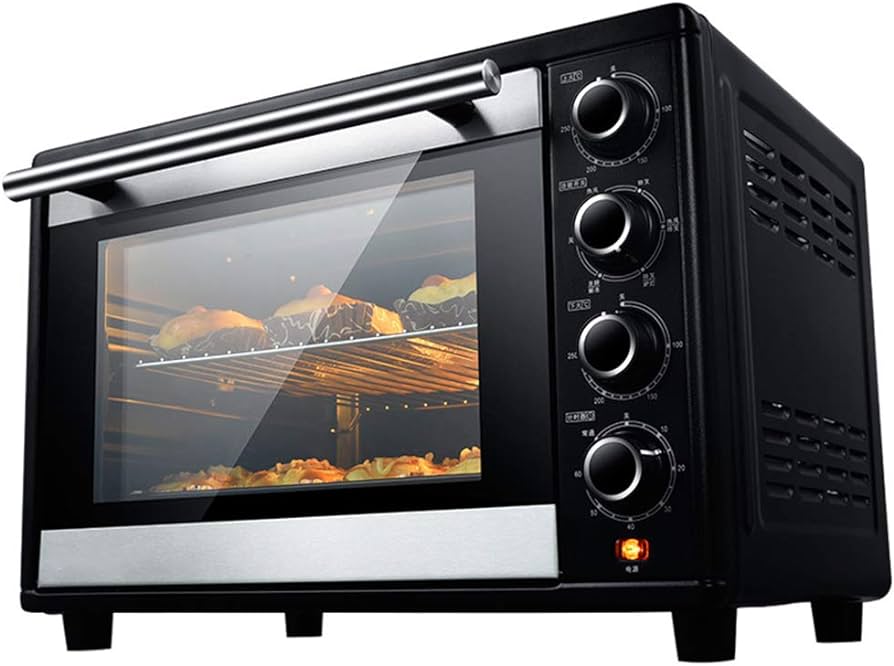
Conclusion:
Ovens employ various heating mechanisms, including heating elements, convection, radiation, and insulation, to cook and bake food. Heating elements generate heat through electric current or gas flames, while convection technology ensures even heat distribution and faster cooking times. Radiation, in the form of infrared heat or open flames, directly transfers heat energy to the food. Insulation materials help retain heat within the oven, improving efficiency and maintaining consistent cooking temperatures. Understanding these heating mechanisms and how they work together allows users to optimize oven performance and achieve desired cooking results. By employing proper techniques, temperature control, and rack placement, individuals can harness the power of their ovens to cook delicious and well-prepared meals.

